The bridge was built in 1982 and named after a village located there. It was 193.5 m long and 15 m high. The bridge piers included shafts for demolition explosives, and the girder trusses of the Kaniūkai Bridge were manufactured at the Putilov metallurgical factory in Saint Petersburg and shipped down the Nemunas River to the construction site. The bridge deck was wooden, so it quickly wore out, requiring frequent repair work.
In 1915, as the German army approached Alytus, Russian units abandoned the city but demolished all bridges as they withdrew. The middle section of the Kaniūkai Bridge was demolished with explosives. The Germans rebuilt the bridge. Because the bridge deck remained wooden, a warning sign was posted: „The bridge is to be crossed by vehicle or on horseback at a speed of 5 km/h. Keep to the right, no smoking!”
During the Second World War, the Kaniūkai Bridge suffered relatively little damage. In 1941, one of the larger tank battles of the Second World War took place near the approaches of the bridge, and in 1944, the retreating Germans demolished the middle part of the bridge with explosives.
In 1964, the bridge’s wooden deck was resurfaced with asphalt concrete. In 1976-1977, the bridge was reconstructed: the old bridge was dismantled, leaving only the supporting piers, onto which the new girders were fitted. The bridge is 203,47 m high and 13,7 m wide.
GPS: 54.367435, 24.091783 (WGS)
Old photographs from Algimantas Antanevičius collection
The authors of today's photos: G. Bernatavičius, L. Valentaitė.



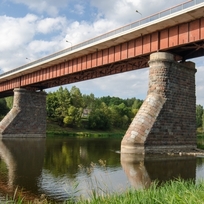
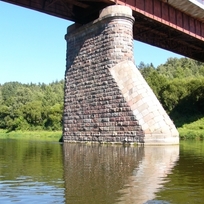
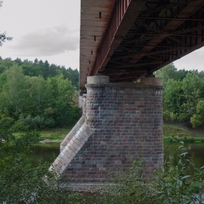
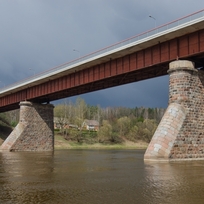
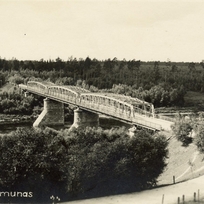
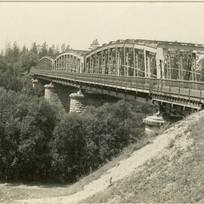
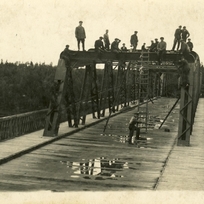
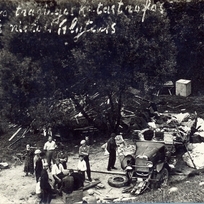
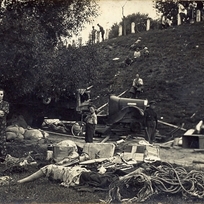
Reviews